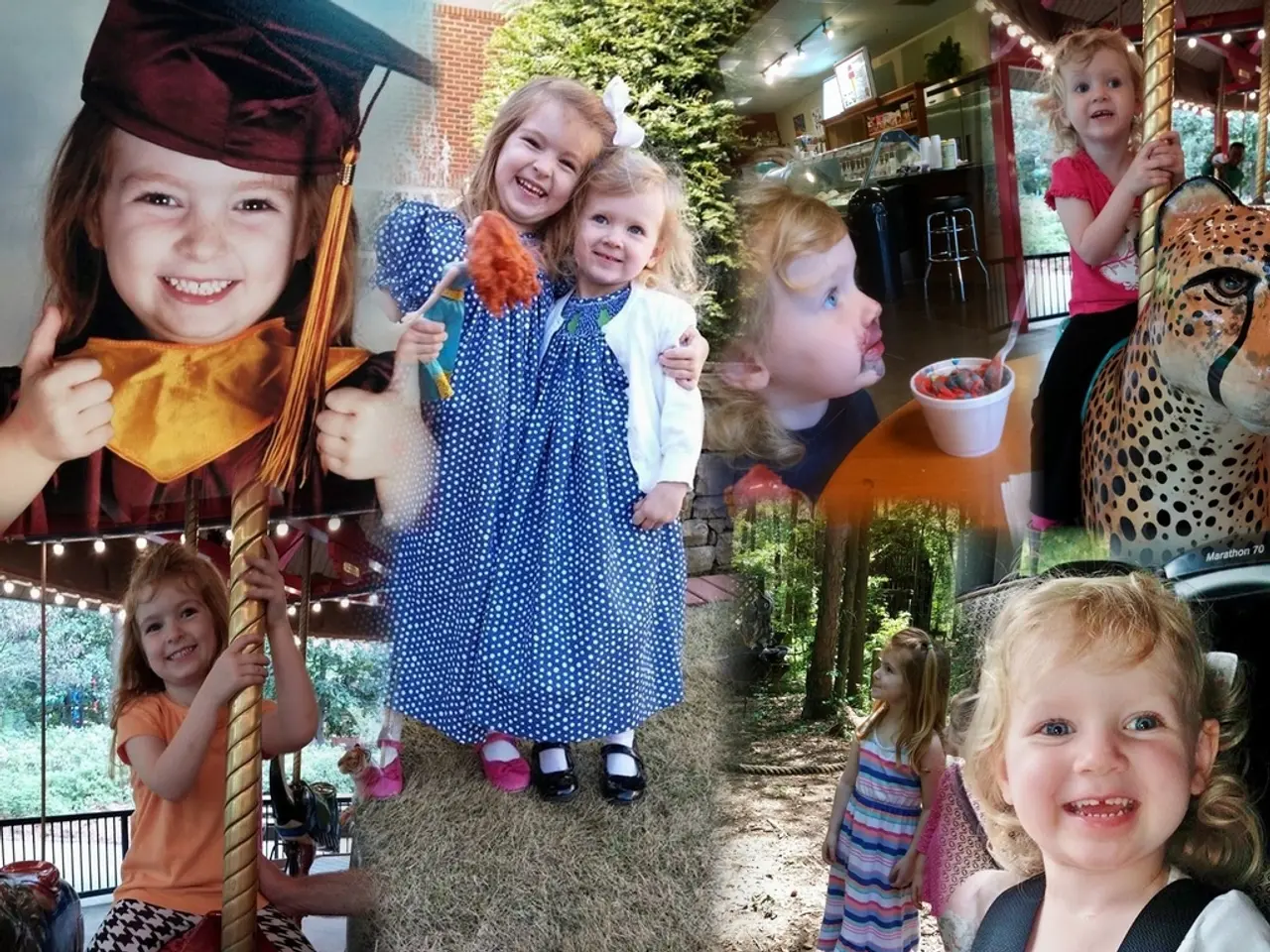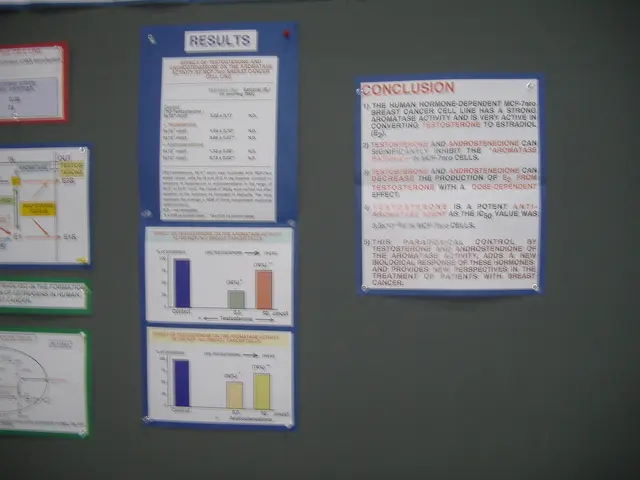Employing Technology for Enhanced Interaction and Instruction in Classroom Sessions
In a three-part series focusing on the intentional use of technology in teaching and learning, we delve into best practices for incorporating animated content, gamified learning, and experiential experiences in the classroom.
Animated Content
Short, visually appealing videos and infographics can transform complex concepts into simple, digestible pieces of information. Relevant animations, especially when used with Generation Z learners, effectively capture interest quickly and support better retention through visual stimulation.
Gamified Learning
Transform routine tasks into interactive quests by incorporating game-like elements such as points, badges, challenges, and leaderboards. Gamification motivates students by rewarding genuine effort aligned with learning goals, fostering sustained engagement and intrinsic motivation.
Experiential Learning
Engage students with hands-on activities like science experiments, field trips, semester-long projects, and real-world problem-solving tasks. These experiences promote curiosity, critical thinking, and transfer of knowledge beyond the classroom. Facilitate group work and reflection sessions to deepen understanding and encourage metacognition.
Additional insights include:
- Integrate technology thoughtfully to enhance exploration while preserving meaningful human interaction.
- Tailor activities to students’ interests using surveys or polls, and leverage AI tools like ChatGPT to generate customized, lesson-aligned interactive activities.
- Complement these methods with active learning strategies such as polls, debates, or quick freewriting exercises to keep engagement high and encourage critical thinking from multiple angles.
Together, these methods create a dynamic classroom environment that fosters motivation, deeper engagement, and meaningful learning outcomes by appealing to diverse learning preferences and emphasizing interaction, relevance, and reflection.
Integration with Technology
Google Arts and Culture and Google Earth offer engaging ways for students to connect with a diverse range of content. Virtual field trips can expose students to rich artifacts from museums and cultural sites when physical visits are not possible. Sites like PhET and Labster provide virtual labs and simulations for STEM lessons.
Customization and Relevance
Teachers should tailor activities to students’ interests using surveys or polls, and leverage AI tools like ChatGPT to generate customized, lesson-aligned interactive activities that resonate with students’ backgrounds and hobbies.
Active Learning Techniques
Complement these methods with active learning strategies such as polls, debates, or quick freewriting exercises to keep engagement high and encourage critical thinking from multiple angles.
The Role of Technology
Teachers should use technology for specific purposes with the goal of advancing learning outcomes. Popular games like Roblox and Minecraft can be used for lessons, depending on content and goals. Animated content can be recorded, allowing students to re-watch lessons for a deeper understanding.
In conclusion, the effective use of animated content, gamified learning, and experiential experiences can significantly enhance student engagement and deeper learning, making for a more enjoyable and productive educational experience.
- Teachers can use digital technology to record animated content for students to re-watch and understand complex concepts better.
- By integrating gamified learning techniques such as points, badges, challenges, and leaderboards in the classroom, teachers can motivate students and encourage sustained engagement.
- Experiential learning can be facilitated virtually, with tools like Google Arts and Culture, Google Earth, PhET, and Labster enabling students to experience rich cultural sites, labs, and simulations that might otherwise be unattainable.
- Technology should be customized and relevant to students' interests, using AI tools like ChatGPT to generate interactive activities that resonate with students' backgrounds and hobbies, thus enriching their educational-and-self-development.




